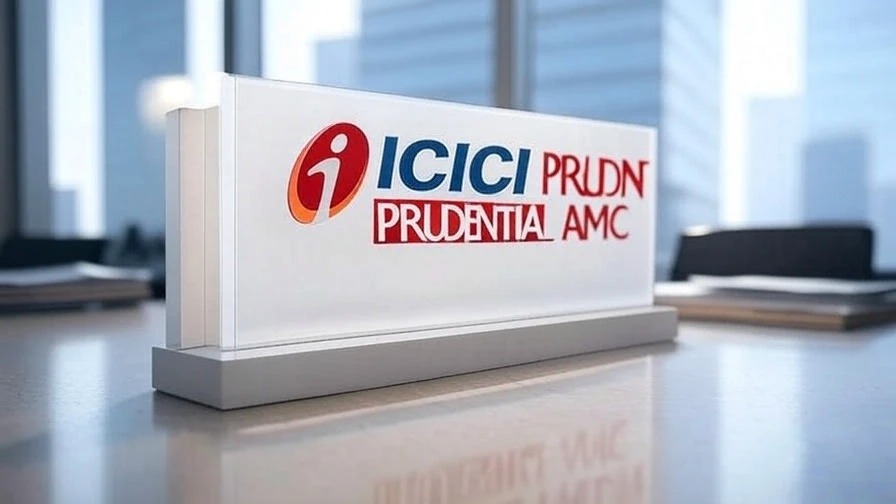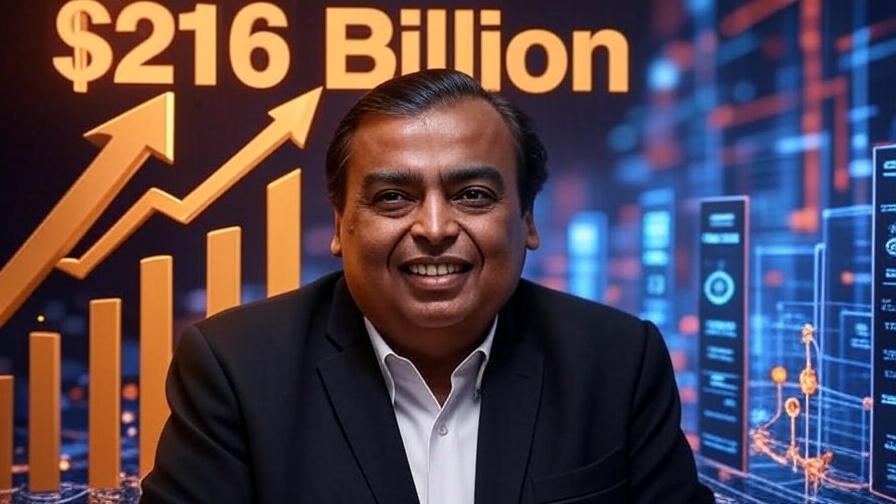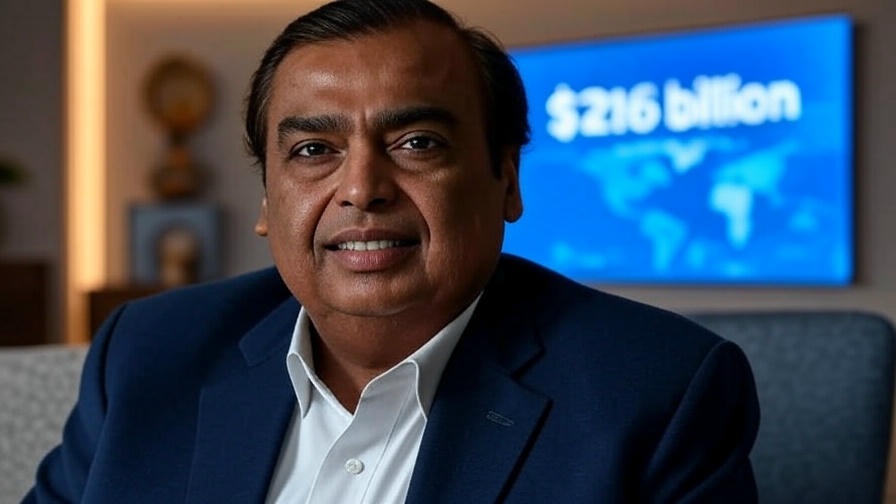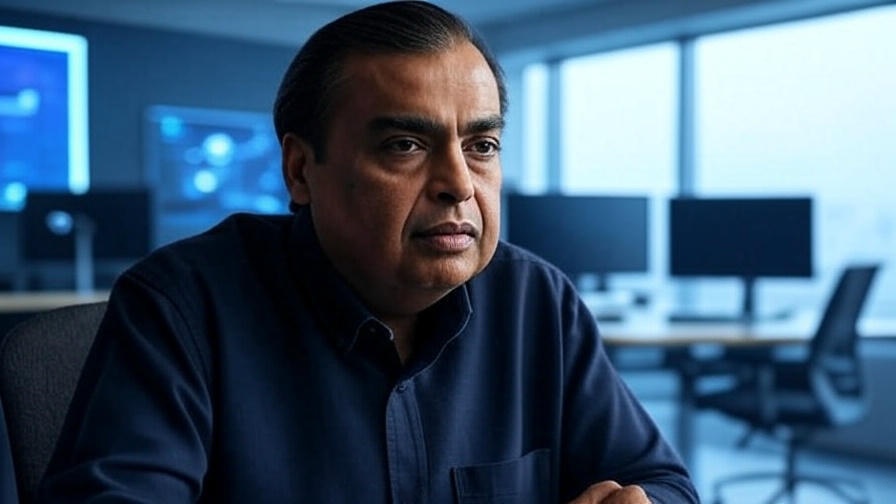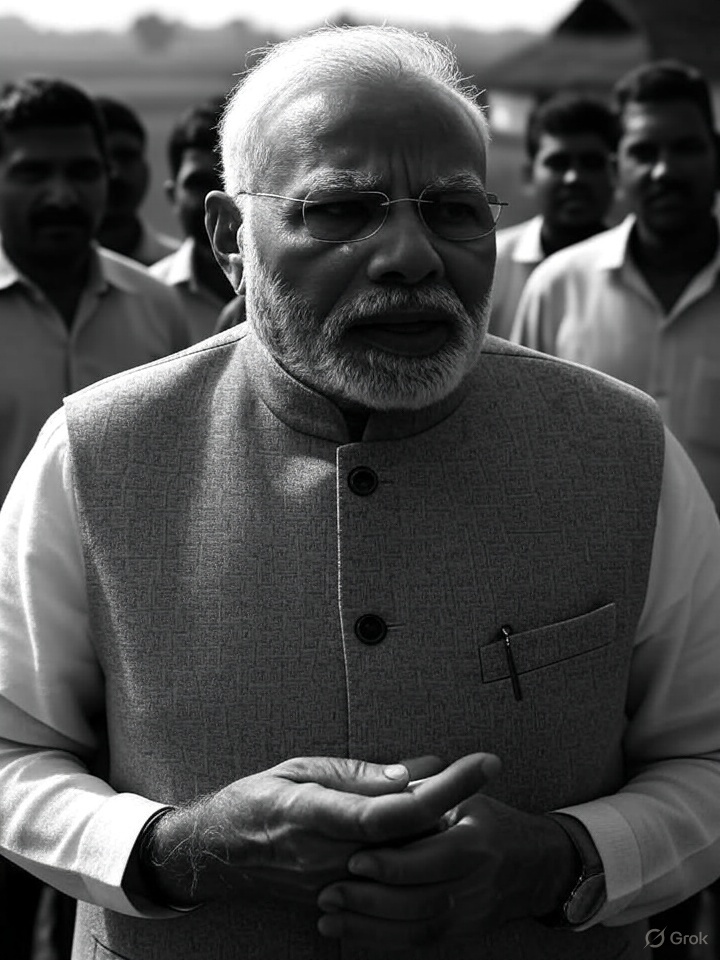
I’ve witnessed countless IPO launches, but ICICI Prudential Asset Management Company’s upcoming mega offering has everyone talking. With a potential ₹10,000 crore ($1.2 billion) raise and an unprecedented syndicate of 17 investment banks, this could be 2025’s biggest market story.
Breaking Records Before Launch
What makes this IPO truly extraordinary is the sheer scale of preparation. ICICI Prudential AMC has assembled what industry sources call an “all-time record” syndicate of 17 investment banks – a move that dwarfs even the previous record-holder Bharti Infratel’s 13-bank syndicate from 2012.
This army of financial powerhouses includes heavyweights like ICICI Securities, Goldman Sachs, Morgan Stanley, Citi, Kotak Mahindra Capital, and BofA Securities. When you see this level of coordination, it signals serious ambition and confidence in the offering’s potential.
The Company Behind the Hype
ICICI Prudential AMC isn’t just another financial services company – it’s India’s second-largest mutual fund house by assets under management. This 26-year-old joint venture between ICICI Bank (51%) and UK’s Prudential Plc (49%) manages an impressive ₹9.14 lakh crore in assets across 133+ schemes, serving over 1.1 crore investors.
Under the leadership of MD & CEO Nimesh Shah and CIO Sankaran Naren, the company has built a diversified portfolio spanning mutual funds, portfolio management services, and international advisory mandates across debt, equity, and real estate.
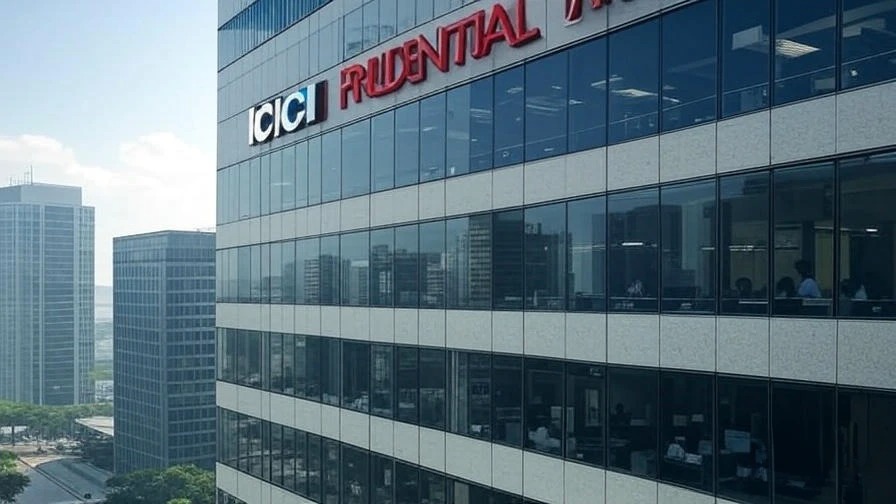
The IPO Structure: What Investors Need to Know
Here’s where it gets interesting – and potentially concerning for some investors. This will be a pure “Offer for Sale” (OFS), meaning Prudential Plc is selling its stake while ICICI Bank retains majority control. The crucial point: none of the IPO proceeds will flow into the company’s operations or expansion plans.
Instead, the money goes directly to Prudential Plc, which plans to return these proceeds to its shareholders. For investors, this means you’re essentially buying shares from an existing owner rather than funding the company’s growth.
Perfect Timing or Peak Valuation?
The timing seems almost too perfect. The Nifty 50 is approaching record highs, and listed AMC peers are on fire – HDFC AMC, Nippon Life India AMC, and UTI AMC have surged 13-20% in recent weeks. This sectoral rally reflects growing financialization in India and increasing mutual fund participation.
The proposed $12 billion valuation for ICICI Prudential AMC places it at a premium, but is it justified? With draft papers expected by June-end and a Q3FY26 launch timeline, market conditions could shift dramatically.
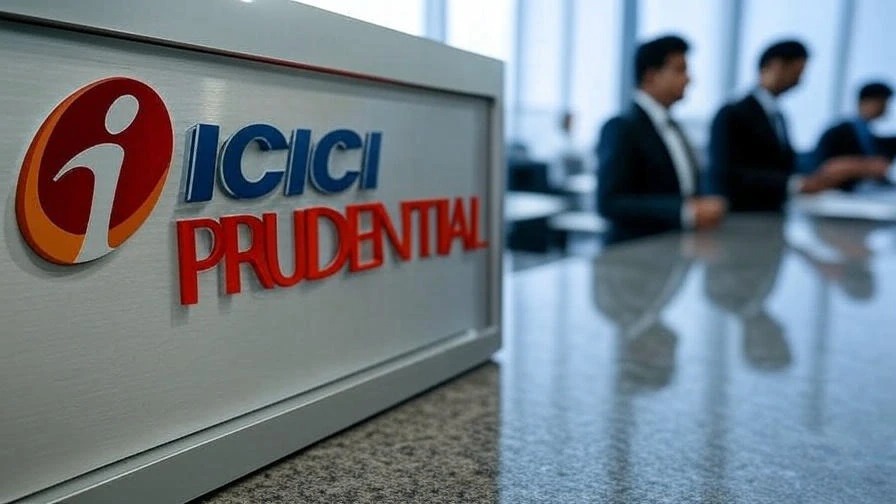
The Positive Case
Market Leadership: Being India’s second-largest AMC with a 26-year track record provides significant competitive advantages and brand recognition.
Growing Market: India’s mutual fund industry is expanding rapidly as more investors embrace systematic investment plans and equity markets.
Diversified Revenue: Beyond mutual funds, the company’s portfolio management and international advisory services provide additional income streams.
Strong Partnership: ICICI Bank’s commitment to retain majority shareholding ensures continuity and strategic support.
Sectoral Tailwinds: The entire AMC sector is benefiting from increased investor participation and favorable market conditions.
The Concerning Aspects
Pure OFS Structure: No capital injection means the company doesn’t directly benefit from the IPO proceeds, potentially limiting immediate growth opportunities.
Peak Market Entry: Launching near market highs could mean investors are paying premium valuations with limited upside potential.
Intense Competition: SBI Mutual Fund remains the largest player, while numerous established competitors vie for market share.
Regulatory Risks: The mutual fund industry faces evolving regulations that could impact profitability and operations.
Market Dependency: AMC revenues are closely tied to market performance and investor sentiment, making them cyclical in nature.

Global Precedents and Concerns
Looking at global AMC listings, many have delivered mixed results post-IPO. During market downturns, asset management companies often face dual pressure – declining AUM and reduced fee income. The question becomes whether ICICI Prudential AMC’s pricing adequately reflects these cyclical risks.
What This Means for Retail Investors
The massive syndicate suggests heavy institutional interest, which could limit retail allocation. However, given the company’s brand recognition and ICICI Bank’s retail network, there’s likely to be significant retail demand.
Key considerations for retail investors:
- This is primarily a liquidity event for Prudential Plc, not a growth capital raise
- The company’s performance will closely track market conditions and investor sentiment
- Valuation appears stretched given current market levels
- Long-term growth depends on India’s continued financial market development
The Verdict
ICICI Prudential AMC’s IPO represents a high-quality business with strong fundamentals entering the market at potentially peak valuations. While the company’s market position and growth prospects are compelling, the pure OFS structure and current market conditions warrant careful consideration.
The unprecedented 17-bank syndicate shows confidence, but it also suggests the need for maximum distribution to achieve pricing targets. For long-term investors believing in India’s financialization story, this could be attractive. However, those seeking immediate gains might find better opportunities elsewhere.
Timeline to Watch
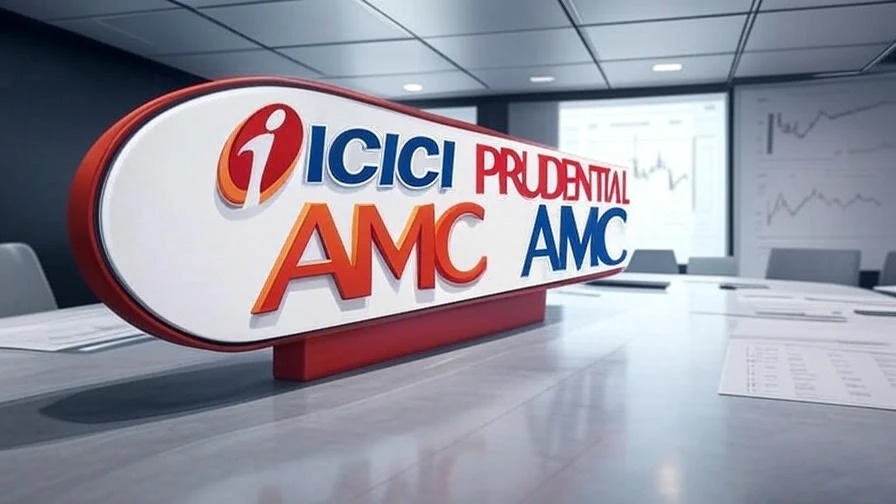
- June-end/Early July: Draft papers filing with SEBI
- Q3FY26: Expected IPO launch
- Market conditions: Keep watching AMC sector performance and overall market sentiment
Disclaimer: This analysis is based on publicly available information and market observations. It is not investment advice or a recommendation to buy or sell securities. The IPO’s final terms, pricing, and timing may differ from current expectations. Investors should conduct their own research and consult qualified financial advisors before making investment decisions. Past performance of AMC stocks doesn’t guarantee future results, and market conditions can change rapidly. The author may have positions in mentioned securities.
